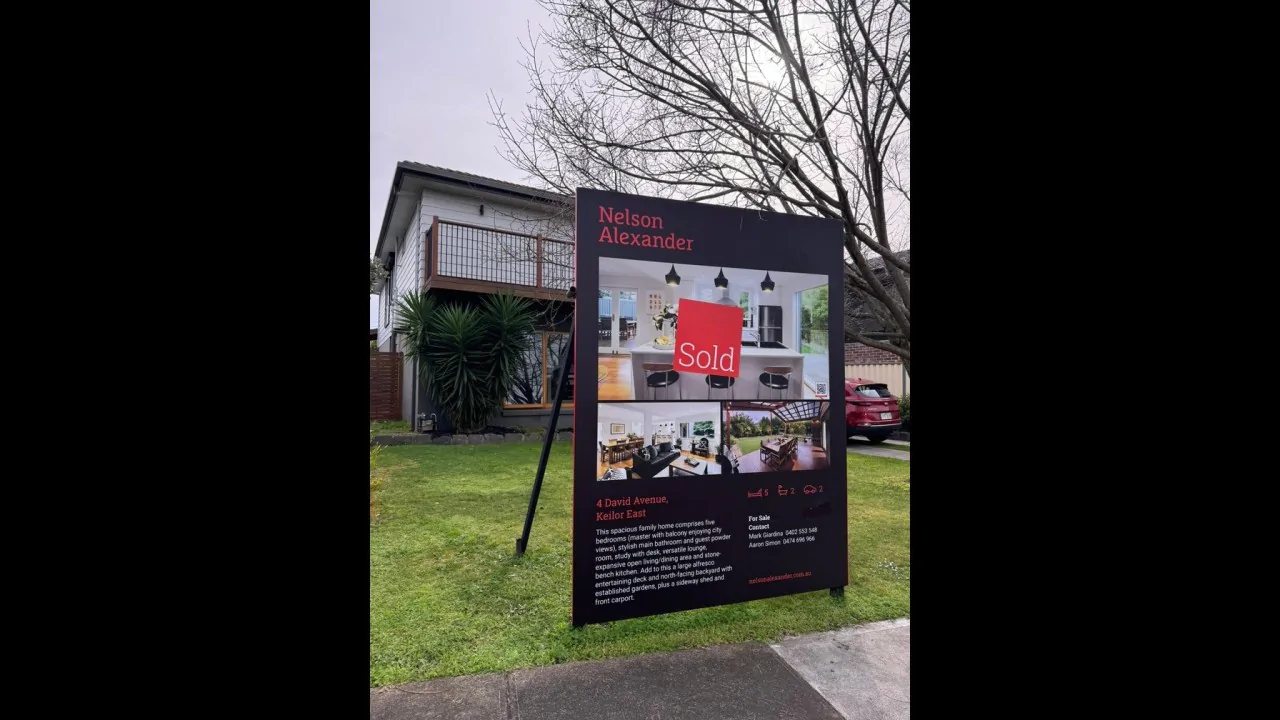

Over the past few years, Melbourne’s property market has flatlined, leaving many potential buyers unsure about when or even whether they should be investing in the city.
All the focus has been on the likes of Brisbane, Perth and Adelaide where growth has been very easy to come by. However, as someone who studies different property markets daily, I see that the market in Melbourne is starting to look like really good value.
While the last few years have seen Melbourne’s market stagnate, this period of flat growth is precisely why it’s a great time to buy. Historically, Melbourne has always bounced back, and we’re currently in a position where the potential for significant capital growth is high.
One reason for this is the city’s underlying fundamentals. Melbourne remains one of Australia’s most desirable cities to live in, with strong infrastructure, a diverse economy, and growing demand. Even though prices have been relatively stagnant, the demand for housing has not disappeared. This pent-up demand will drive the next wave of growth, and those who get in early are likely to benefit the most.
It’s also important to consider the prices of properties in Melbourne compared to other large cities like Sydney. In Melbourne, you can buy family homes in good areas in the low millions. After years of growth, equivalent properties in Sydney will be worth double that or more. It makes Melbourne look very affordable.
Auctions in Melbourne are not as competitive as they used to be, and many properties are being passed in, giving buyers more leverage to negotiate post-auction deals at lower prices. This is a big advantage you won’t find in markets like Perth, where buyers often have to offer above asking price to secure a deal.
In Melbourne, it’s common for vendors to hold out for what they think their property should be worth, which means that buying off-market doesn’t always mean you’re getting the best deal. Vendors often set unrealistic price expectations, and you could end up overpaying simply because a property is off-market. That’s why, right now, I’m focusing on properties that are on the market, especially those that have gone through an auction campaign and are still sitting unsold.
In Melbourne, patience is key. Unlike other markets where you have to act quickly to even get a deal, it’s often about being prepared to wait. One of the most valuable lessons I’ve learned in this market is to be patient with the process and know when to engage strategically.
A great example of this was a property we recently purchased in Keilor East, a blue-chip suburb in Melbourne. This property sat on the market for 60 days after its auction campaign ended. The vendors initially had a reserve price of $1.45 million, but after weeks of negotiation and persistence, we managed to secure it for $1.38 million—a big saving in a premium suburb.
What made this deal particularly good was that the land value alone was worth around $1.2 million. Plus, the property had city views and the potential to build two houses on it, making it a fantastic investment for our client’s self-managed super fund. The key here was understanding the vendor’s psychology—knowing they were getting impatient—and timing our offers to coincide with when they were most likely to accept.
In this market, success comes from knowing when to wait and when to strike. For now, buyers are very much in control. But as the level of affordability becomes clearer to many, I think this is going to change.
Just remember what things were like in Perth five years ago. That’s the same place the Melbourne property market is in today. And we all know what’s happened since.
The picture attached is a property we secured for our investor who secured this under their SMSF. We secured this 60 days from when it was first listed. A great example of how the market can condition a vendor down.